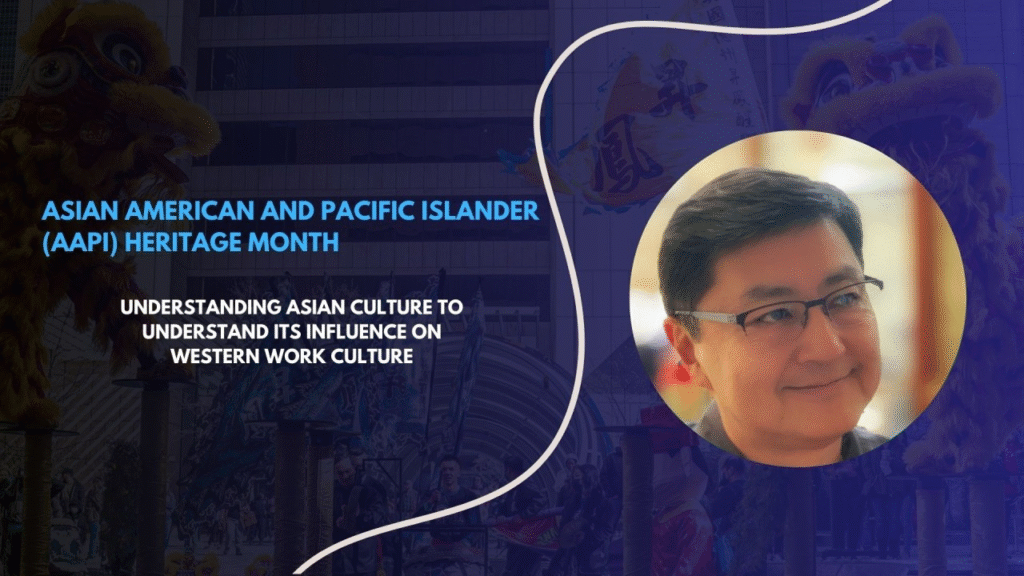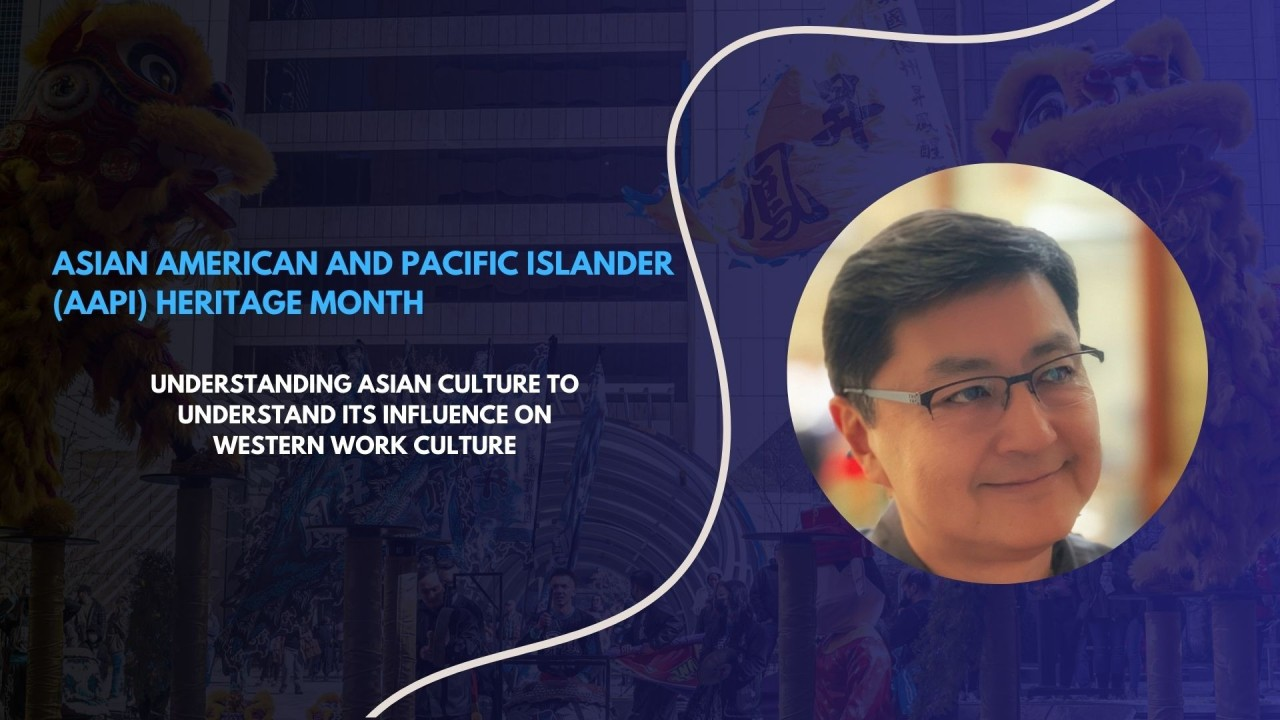
Asian American and Pacific Islander (AAPI) communities represent a rich diversity of cultures, languages, and histories. While AAPI individuals have made notable strides in various fields, cultural expectations within these communities often play a significant role in shaping leadership opportunities and experiences. This article explores how deeply rooted cultural norms, family values, and societal expectations influence the leadership roles of AAPI individuals across professional, political, and community contexts.
Understanding Cultural Expectations in AAPI Communities
Cultural expectations refer to the collective norms, traditions, and values that guide behavior and social roles within a community. For many AAPI groups, these expectations emphasize respect for hierarchy, family obligations, humility, and community harmony. While these values foster strong social cohesion, they can also create barriers to assuming visible or authoritative leadership positions.Key Cultural Factors Influencing AAPI Leadership
1. Emphasis on Collectivism Over Individualism:
Many AAPI cultures prioritize the collective good and family reputation over individual ambition. This mindset may discourage individuals from pursuing leadership roles that highlight personal visibility or competition.
2. Respect for Hierarchy and Seniority:
Traditional respect for elders and authority figures can limit younger members’ willingness to assert themselves in leadership roles or challenge existing power structures.
3. Gender Roles and Expectations:
Cultural norms regarding gender can shape who is expected to lead. For example, women in many AAPI cultures are traditionally seen as caretakers and may face additional pressure not to seek leadership roles outside the family or community.
4. Avoidance of Conflict and Emphasis on Harmony:
Leadership styles that emphasize confrontation or assertiveness may conflict with cultural values prioritizing harmony, consensus, and indirect communication.
5. Importance of Humility:
Modesty and humility are prized traits, and self-promotion—often essential for leadership advancement—can be seen as boastful or inappropriate.
Impact of Cultural Expectations on Leadership Across Different Sectors
- Corporate and Professional Leadership:
AAPI professionals may hesitate to pursue leadership roles that require aggressive self-advocacy or assertive negotiation, which can be at odds with cultural norms around humility and deference. - Political Leadership:
Political engagement and public leadership may be limited due to cultural discomfort with public visibility, confrontational debate, or challenging established hierarchies. - Community and Religious Leadership:
AAPI communities often encourage leadership within culturally accepted frameworks, such as elders guiding community or religious organizations, which may not translate to mainstream leadership roles. - Education and Academia:
Cultural respect for teachers and elders promotes leadership roles within educational contexts, but students and younger adults may be reluctant to challenge or lead older peers.
Table: Cultural Expectations and Their Effects on AAPI Leadership Roles
| Cultural Expectation | Description | Effect on Leadership | Examples | Strategies to Address |
|---|---|---|---|---|
| Collectivism vs. Individualism | Prioritizing group over self | Reluctance to pursue personal ambition | Choosing group harmony over leadership | Encouraging balanced leadership |
| Respect for Hierarchy | Deferring to elders and authority | Limited upward challenge and assertiveness | Younger members deferring leadership | Mentorship that encourages voice |
| Traditional Gender Roles | Defined roles for men and women | Women may face barriers to leadership | Women as caretakers, not leaders | Promoting gender equity programs |
| Conflict Avoidance | Preference for harmony over confrontation | Hesitance in assertive decision-making | Avoiding difficult conversations | Training in culturally sensitive leadership |
| Humility and Modesty | Value placed on not boasting | Challenges in self-promotion and visibility | Leaders avoiding self-advocacy | Coaching on effective communication |
Examples Illustrating Cultural Impact on AAPI Leadership
- In many East Asian cultures, leadership is often seen as a responsibility rather than a privilege, which means leaders may avoid seeking leadership positions out of fear of burdening others or risking group harmony.
- Pacific Islander communities may emphasize communal leadership, where decision-making is collective, thus individual assertiveness in leadership roles may be less common.
- South Asian women frequently navigate dual expectations of professional success and familial caretaking, complicating their pursuit of leadership positions.
Overcoming Cultural Barriers to Leadership
Despite these cultural expectations, many AAPI individuals are finding ways to balance tradition with leadership aspirations:
- Redefining Leadership:
Broadening the definition of leadership to include collaborative, empathetic, and servant leadership styles aligns more closely with cultural values of harmony and collectivism. - Mentorship and Role Models:
Access to mentors who understand cultural nuances helps aspiring leaders navigate challenges while honoring their cultural identity. - Leadership Development Programs:
Targeted programs support AAPI individuals by addressing specific cultural barriers and providing skills in advocacy, communication, and confidence-building. - Community Engagement:
Encouraging leadership within community organizations as a stepping stone to wider leadership roles helps build experience and visibility.
Overview Table: Cultural Expectations and Leadership Dynamics Among AAPI Groups
| Aspect | Cultural Influence | Leadership Impact | Common Challenges | Potential Solutions |
|---|---|---|---|---|
| Family and Community Focus | Collective decision-making and loyalty | Preference for group harmony | Individual ambition suppressed | Leadership training emphasizing balance |
| Deference to Authority | Respect for elders and hierarchical roles | Hesitance in challenging norms | Limited assertiveness | Mentorship that fosters confidence |
| Gender Norms | Women’s roles centered around family | Underrepresentation in leadership | Balancing career and cultural roles | Gender equity initiatives |
| Communication Style | Indirect communication, conflict avoidance | Challenges in negotiations, advocacy | Reluctance in assertive leadership | Communication skill workshops |
| Self-Promotion | Modesty valued, self-promotion discouraged | Difficulty in visibility and recognition | Less competitive positioning | Coaching on strategic self-presentation |
FAQs
Q1: How do cultural expectations discourage AAPI individuals from pursuing leadership?
A1: Cultural norms like valuing humility, harmony, and respect for hierarchy can make assertive leadership and self-promotion challenging.
Q2: Can AAPI leadership styles differ from Western norms?
A2: Yes, AAPI leadership often emphasizes collaboration, empathy, and consensus, differing from more individualistic, competitive models.
Q3: What strategies help AAPI individuals overcome cultural barriers in leadership?
A3: Mentorship, leadership training tailored to cultural contexts, and community engagement are effective in building confidence and skills.

